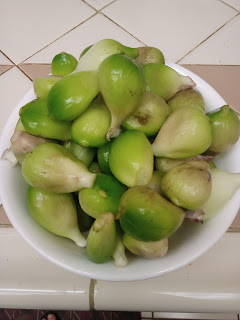The Red Mulberry, also known as Morus rubra, is a tree species native to North America. It belongs to the mulberry family, Moraceae, which includes over 1000 species of plants. The Red Mulberry is an important tree species in many ways, as it provides a range of ecological, economic, and cultural benefits.
Ecological Benefits
The Red Mulberry is an ecologically important tree species, as it provides various ecological benefits. The tree is well-suited to a wide range of soils, from sandy loam to heavy clay, and can tolerate a range of pH levels. The tree is also tolerant of flooding, making it an important species in riparian zones, floodplains, and other wetland areas.
The Red Mulberry produces large quantities of fruit, which are eaten by a range of wildlife species. The fruit is rich in nutrients, including vitamin C, iron, and calcium, and is an important food source for many bird species, including blue jays, robins, and cedar waxwings. Other animals that feed on the fruit include squirrels, raccoons, opossums, and deer.
The Red Mulberry also provides important habitat for a range of insect species. Many butterfly and moth species rely on the Red Mulberry as a host plant for their caterpillars. The tree also supports a range of other insect species, including beetles, wasps, and ants.
Economic Benefits
The Red Mulberry is an economically important tree species in North America, as it has a range of commercial uses. The tree is grown for its fruit, which is used to make jams, jellies, pies, and other food products. The fruit is also used to make wine and other alcoholic beverages.
The wood of the Red Mulberry is also valuable, as it is hard, dense, and resistant to decay. The wood is used to make furniture, flooring, and other high-quality wood products. The bark of the Red Mulberry is also used in traditional medicine, as it has been shown to have antiviral and antimicrobial properties.
Mulberry trees are easy to propagate and make an excellent fodder source.
Cultural Significance
The Red Mulberry has a rich cultural significance in North America. The tree has been used for centuries by indigenous people for food, medicine, and other purposes. The Cherokee people used the bark of the tree to treat fever, while the Iroquois used the inner bark to make a tea to treat coughs and colds.
The Red Mulberry also played an important role in the Underground Railroad, as it was used by slaves escaping to freedom. The tree provided important cover for escaping slaves, as well as a source of food.
































